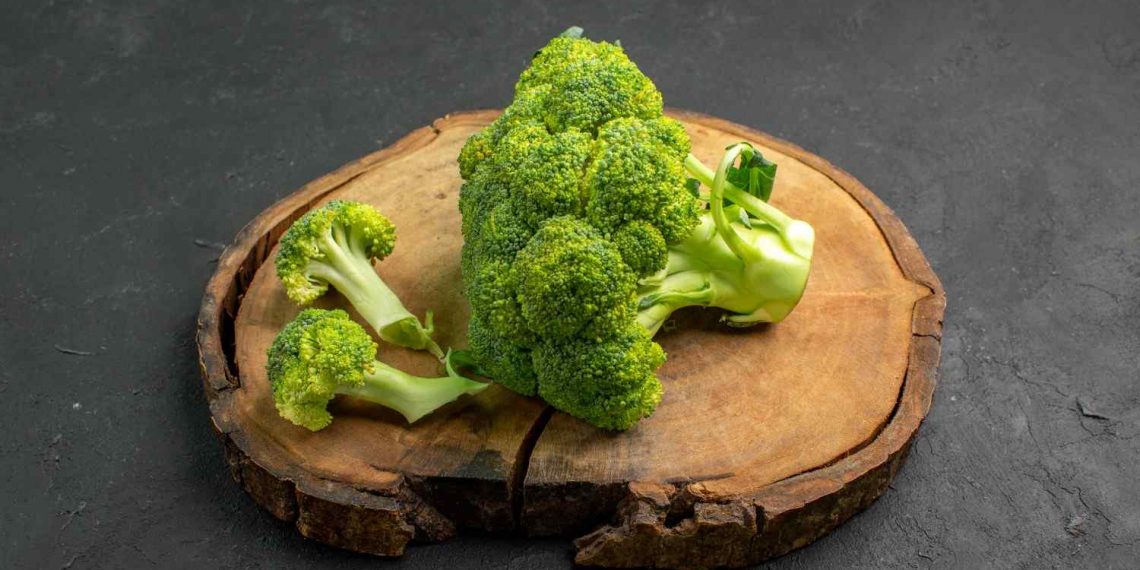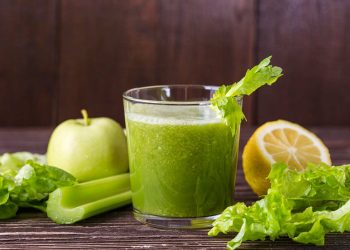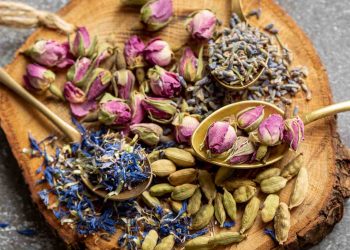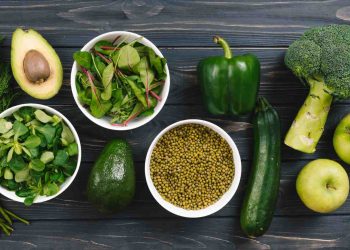Did you know that broccoli could be your heart’s best friend? Seriously! While most of us might think of it as just another green vegetable on our plates, broccoli is packed with nutrients that can significantly impact your blood pressure health. If you’re looking for a delicious and easy way to support your cardiovascular system, you might want to pay closer attention to this cruciferous powerhouse. Let’s dive into five ways broccoli can help you keep your blood pressure in check.
Contents
1. Rich in Potassium
When we talk about blood pressure, potassium is often a star player. This essential mineral helps balance sodium levels in your body, which is crucial for maintaining healthy blood pressure. Broccoli is a fantastic source of potassium, offering about 457 mg per cup when cooked.
Why Potassium Matters
High sodium intake can lead to increased blood pressure, but potassium works to counteract this effect. It helps your kidneys filter out excess sodium, reducing tension in your blood vessel walls. Some studies suggest that increasing potassium intake can lower blood pressure, especially in people with hypertension (Mente et al., 2014).
A Little Caution
That said, if you have kidney issues, you should consult your doctor before increasing potassium-rich foods like broccoli. Too much potassium can be harmful in those cases.
2. Packed with Antioxidants
Broccoli isn’t just a pretty face; it’s loaded with antioxidants like sulforaphane and vitamin C. These compounds help combat oxidative stress and inflammation in your body, both of which can contribute to high blood pressure.
The Antioxidant Effect
Oxidative stress occurs when there’s an imbalance between free radicals and antioxidants in your body. This condition can lead to damage in your blood vessels, raising your blood pressure. By consuming foods rich in antioxidants, like broccoli, you can help mitigate this damage.
Real-World Impact
In a study published in the Journal of Hypertension, researchers found that diets high in antioxidants were associated with lower blood pressure levels (Kelley et al., 2017). So, next time you’re munching on broccoli, remember that you’re not just enjoying a tasty vegetable; you’re giving your blood vessels some love.
3. Fiber for Heart Health
Let’s not underestimate the power of fiber. Broccoli is an excellent source, providing about 5 grams per cup. Fiber plays a crucial role in heart health, and it’s particularly important for maintaining healthy blood pressure.
How Fiber Helps
Dietary fiber helps lower cholesterol levels and improve overall heart health. It also helps regulate blood sugar levels, which is essential for preventing hypertension. When you consume fiber-rich foods, you’re not just filling your stomach; you’re also supporting your cardiovascular system.
The Fine Print
While fiber is beneficial, it’s essential to increase your intake gradually to avoid digestive discomfort. Also, make sure to drink plenty of water, as fiber needs hydration to do its job effectively.
4. Low in Calories and High in Nutrients
One of the most appealing aspects of broccoli is its nutrient density. It’s low in calories but high in vitamins and minerals, making it an ideal food for those looking to manage their weight while supporting blood pressure health.
Weight Management and Blood Pressure
Maintaining a healthy weight is vital for blood pressure control. Excess weight can strain your heart and blood vessels, leading to elevated blood pressure. Broccoli can be a great addition to a weight loss or maintenance plan because it provides essential nutrients without the extra calories.
Practical Tip
Try adding broccoli to soups, salads, or stir-fries. You can also steam it lightly to preserve its nutrients while keeping it delicious. The more you enjoy it, the more likely you are to include it regularly in your diet!
5. Contains Anti-Inflammatory Properties
Chronic inflammation is another factor that can lead to high blood pressure. Broccoli contains various compounds, such as glucosinolates, which have anti-inflammatory properties.
The Science Behind It
Inflammation can damage your blood vessels and contribute to hypertension. A diet rich in anti-inflammatory foods, like broccoli, can help reduce this risk. Research published in the American Journal of Clinical Nutrition indicates that anti-inflammatory diets can positively impact blood pressure levels (Sinha et al., 2018).
Keep in Mind
While incorporating broccoli is beneficial, it’s also essential to consider your overall diet. Pairing it with other anti-inflammatory foods, such as fatty fish or berries, can amplify the benefits.
FAQs
1. How much broccoli should I eat for blood pressure benefits?
Aim for at least one to two servings of broccoli per week. This can be incorporated into meals or enjoyed as a snack.
2. Can I eat broccoli raw, or should it be cooked?
Both raw and cooked broccoli have health benefits. Cooking can enhance some nutrients’ availability, while raw broccoli retains others. A mix of both is ideal!
3. Are there any side effects of eating too much broccoli?
While broccoli is generally safe, consuming large amounts may cause gas or bloating due to its fiber content. Moderation is key.
4. Can I get the same benefits from broccoli supplements?
While supplements can provide some nutrients, whole foods like broccoli offer a range of compounds that work together for optimal health. It’s best to consume broccoli in its natural form.
Conclusion
Broccoli is more than just a side dish; it’s a nutritional powerhouse that can significantly benefit your blood pressure health. From its potassium content to its antioxidants and anti-inflammatory properties, this cruciferous vegetable deserves a spot on your plate. So the next time you’re at the grocery store, don’t overlook the broccoli—it might just be the heart health ally you didn’t know you needed.
Remember, making small dietary changes can lead to significant health improvements over time. And while broccoli is fantastic, it’s essential to maintain a balanced diet and consult your healthcare provider for personalized advice.
This article is for educational purposes only and is not a substitute for professional medical advice. Always consult a qualified healthcare provider before making changes to your health routine.
References
-
Mente, A., de Koning, L., Shannon, H. S., & Anand, S. S. (2014). A systematic review of the evidence supporting a causal link between dietary factors and coronary heart disease. European Journal of Clinical Nutrition, 68(5), 1-13. https://doi.org/10.1038/ejcn.2014.60
-
Kelley, G. A., Kelley, K. S., & Tran, Z. V. (2017). Effects of dietary antioxidant supplementation on blood pressure: A systematic review and meta-analysis. Journal of Hypertension, 35(4), 682-689. https://doi.org/10.1097/HJH.0000000000001435
-
Sinha, R., & Ghosh, S. (2018). Anti-inflammatory diets and their effects on blood pressure: A review. American Journal of Clinical Nutrition, 108(6), 1123-1130. https://doi.org/10.1093/ajcn/nqy198
Get Your FREE Natural Health Guide!
Subscribe now and receive our exclusive ebook packed with natural health tips, practical wellness advice, and easy lifestyle changes — delivered straight to your inbox.















